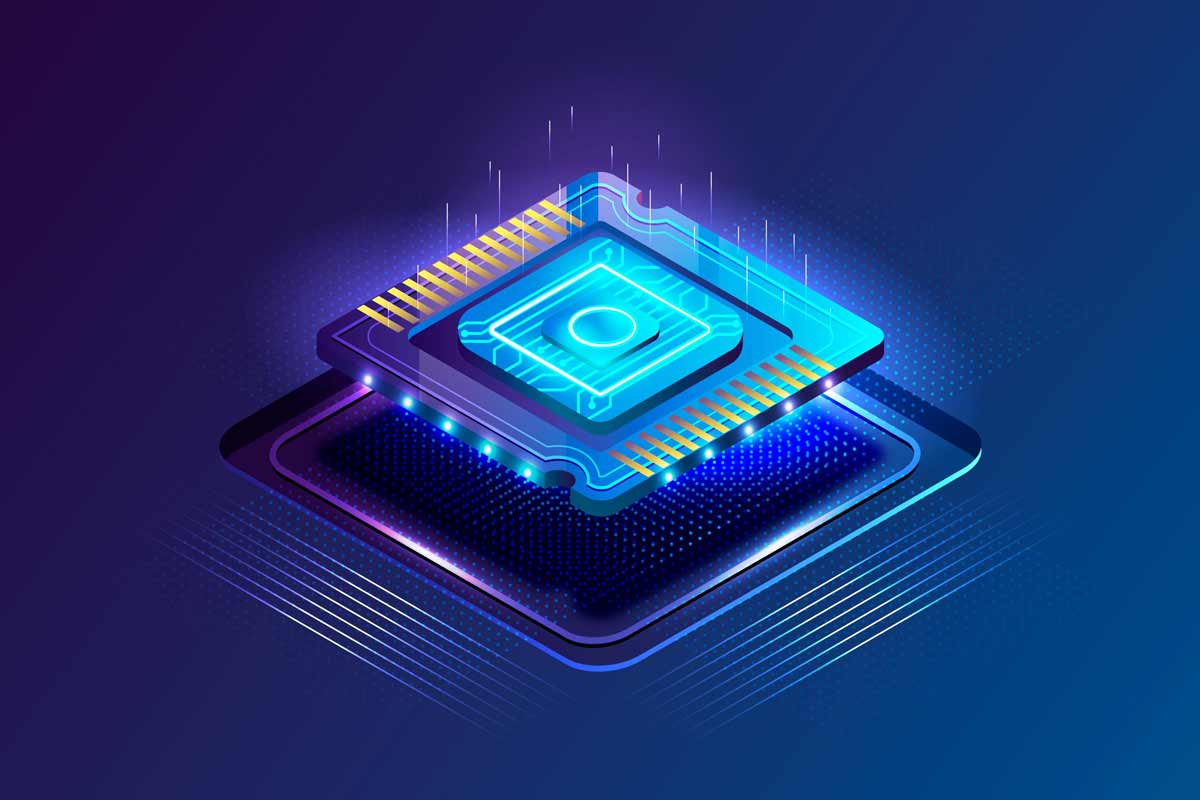Importance of Embedded Systems in Modern Technology
Introduction
The importance of embedded systems in today’s technology cannot be overstated. In today’s fast-paced digital world, embedded systems play a crucial role in shaping modern technology. From smartphones and smart home devices to medical equipment and automotive systems, these specialized computing units are seamlessly integrated into our daily lives. They are designed to be compact, power-efficient, and highly reliable, making them ideal for applications requiring real-time processing. Designed to perform dedicated functions efficiently, embedded systems have become the foundation of countless innovations, driving automation, connectivity, and intelligence across various industries. As technology advances, the role of embedded systems continues to expand, making them an essential component of modern digital infrastructure.

Understanding Embedded Systems and Their Importance
Embedded systems represent specialized computing systems meticulously crafted to perform dedicated functions within larger mechanical or electrical frameworks. Unlike their general-purpose counterparts, embedded systems are meticulously engineered to handle specific tasks, often with stringent real-time computing demands.
How Embedded Systems Are Shaping Modern Technology
At the core of embedded systems lie several pivotal components:
The Role of Microcontrollers and Processors in Embedded Systems
: Serving as the computational nucleus, processing data and executing programmed instructions.
Memory
: Crucial for temporarily storing program instructions and data (RAM) or holding permanent data (ROM).
Peripherals
: Varied input and output devices encompassing sensors, actuators, displays, and communication interfaces.
Real-World Examples of Embedded Systems in Action
: Facilitating efficient resource management and scheduling to meet stringent timing requirements.
Development Tools
: Comprising software and hardware utilities essential for designing, testing, and debugging embedded systems.
Applications of Embedded Systems in Everyday Life
Embedded systems boast an extensive array of applications across diverse industries:
Consumer Electronics
: Powering smartphones, digital cameras, and household appliances with seamless efficiency.
Automotive
: Regulating engine control units (ECUs), enhancing infotainment systems, and supporting driver-assistance technologies.
Medical Devices
: Safeguarding critical operations in pacemakers, insulin pumps, and advanced diagnostic equipment.
Industrial Automation
: Orchestrating precision in Programmable Logic Controllers (PLCs), robotics, and complex process control systems.
Telecommunications
: Enabling the seamless operation of routers, modems, and network switches.
Aerospace and Defense
: Fortifying avionics, navigation systems, and unmanned aerial vehicles (UAVs) with unwavering reliability.
The Future of Embedded Systems and Innovation
The design and implementation of embedded systems present formidable challenges:
Real-time Constraints
: Navigating stringent timing requirements and ensuring predictable response times in dynamic environments.
Resource Limitations
: Optimizing code efficiency while managing constraints in memory, power consumption, and processing capabilities.
Reliability and Safety
: Upholding operational integrity and ensuring faultless performance, particularly in safety-critical applications.
Security Concerns
: Safeguarding against vulnerabilities and fortifying data integrity in an increasingly interconnected world.
Integration Complexity
: Harmonizing multifaceted hardware and software components from diverse vendors into cohesive systems.
Trends and Innovations
Embedded systems evolve amidst transformative trends shaping the technological landscape:
Internet of Things (IoT)
: Propelling interconnected embedded systems to empower smart devices and interconnected ecosystems.
Edge Computing
: Revolutionizing data processing by executing computations closer to data sources, circumventing latency issues.
AI and Machine Learning
: Augmenting embedded systems with intelligent algorithms to elevate functionality and decision-making capabilities.
Low-Power Design
: Pioneering energy-efficient solutions to prolong battery life and reduce environmental impact.
Software-defined Systems
: Embracing flexibility and adaptability through software-defined architectures, fostering agile responses to evolving demands.
Conclusion
Embedded systems epitomize technological prowess, seamlessly integrating into our daily routines and underpinning critical infrastructures across sectors. Delving into their architecture, applications, challenges, and burgeoning trends unveils a realm of innovation and possibility. As technology advances, embedded systems will continue to evolve, propelling us towards a future where smart devices and interconnected systems redefine our interactions with technology and the world at large. Understanding and harnessing the potential of embedded systems are imperatives for engineers and developers alike, driving progress and shaping the contours of our increasingly interconnected world.
